This review is taken from PN Review 250, Volume 46 Number 2, November - December 2019.
on Julia Copus and Ilya Kaminsky
Julia Copus, Girlhood (Faber) £14.99
Ilya Kaminsky, Deaf Republic (Faber) £10.99
‘Deafening silence.’ Here is a phrase for the outraged, often used most publicly when speaking out is the just alternative. Its moral clarity depends on making two quick steps at once. ‘The silence was deafening.’ First, with its oxymoronic flare: the silence is so loud that I cannot hear anything. Second, a step back: I know what I should be hearing, I know what this silence is not saying – and so I hear exactly what it ought to say. ‘We’d see the shadow of someone hitting, we’d hear the scream, then silence – suffocating silence.’ These are the words of Mounir Fakir, then 39, when describing torture in Saydnaya Prison, the Syrian regime’s mass execution centre. ‘Suffocating’, not ‘deafening’, perhaps because such horror leaves us without any idea of what should be said, what talk we should fill the silence with. In such a silence, you can’t even breathe. Forensic Architecture, a research agency based at Goldsmiths, continue to make use of earwitness testimonies, such as Fakir’s, to render models of the execution centre and describe what has happened there. They engage in what Lawrence Abu Hamdan, artist and collaborator on the project, has termed ‘forensic listening’.
Ilya Kaminsky’s Deaf Republic is forensic listening. It refuses, courageously, to be suffocated by the weight of its subjects. It attends to the power and powerlessness of silence, to what must be said and what must be left silent. It is unapologetically moral in articulating these distinctions and yet it knows exactly when ambivalence is called for. It knows that ...
Ilya Kaminsky’s Deaf Republic is forensic listening. It refuses, courageously, to be suffocated by the weight of its subjects. It attends to the power and powerlessness of silence, to what must be said and what must be left silent. It is unapologetically moral in articulating these distinctions and yet it knows exactly when ambivalence is called for. It knows that ...
The page you have requested is restricted to subscribers only. Please enter your username and password and click on 'Continue':
If you have forgotten your username and password, please enter the email address you used when you joined. Your login details will then be emailed to the address specified.
If you are not a subscriber and would like to enjoy the 292 issues containing over 11,700 poems, articles, reports, interviews and reviews,
why not subscribe to the website today?
